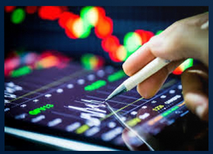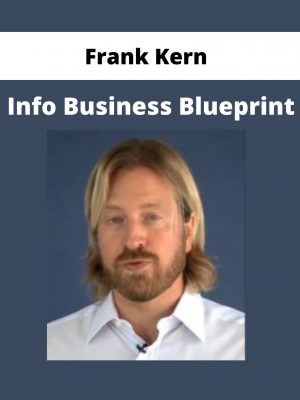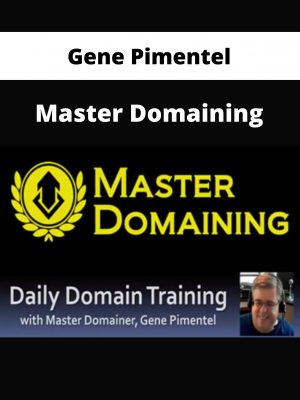Kam Dhadwar – Trade Execution & Trade Management
$1495 Original price was: $1495.$135Current price is: $135.
Shopping Instructions:
- DISCOUNT 15% : SHOP15
- Product Delivery: Within 1 – 12 hours after purchase.
I often get asked what do I look for when I execute into trades and how do I limit my risk. Firstly I say that you must understand the Market Structure and the opportunity potentially setting up.
Kam Dhadwar – Trade Execution & Trade ManagementDescriptionI often get asked what do I look for when I execute into trades and how do I limit my risk. Firstly I say that you must understand the Market Structure and the opportunity potentially setting up. You must have a vision of what the market may or may not do next. You must know and understand where the market may go from and where to BEFORE you get in. Then “You must trade in the gap between where you are and where you want to be” (A popular quote from the late Ari Kiev). When you have this basic foundation in place you can then look to build some belief and confidence in the idea through your perception of real-time activity. This is why planning every trading day and individual trade is the most important thing to have in place. When it comes down to doing business and getting into a trade I personally watch Price and how its moves around my levels and areas of doing business. At the same time I watch the volume trading on the Bid and Ask. Much of trading is an Art Form so, just watching and reading the information alone is not enough, you must also FEEL IT. This takes time and experience to learn but it can be developed. You will often hear me say that this feels like its topping, or its bottoming, it feels like its lifting offers well, or hitting bids well. That”s how I get into the rhythm and the feel of the market, that’s how I get in tune. Trading Price and Order Flow is all about gaining Belief and Confidence in a trading idea. Using your feelings whilst trading is essential. I look to get into a trade and stay with as long as it not only looks good and the premise remains intact, but it also has to feel good. If I develop any sense of doubt, that is my signal to get out. If I really know what I am doing and the opportunity is that great the level of confidence I have in the trade should keep me in it, once the confidence has gone so has the opportunity. If you make the wrong call you can always get back in again. The secret to reading order flow and trading with it for execution as well as trade management is to ensure that you DO NOT just watch the order flow to make decisions. You must observe what affect the orders had on price and understand where price was trading in reference to the market structure (context) and the opportunity that you are observing. Some novice traders will get sucked into looking for size on the tape and footprints, looking at Delta (Net Market BuyingSelling) and make decisions on this alone. Whilst this is useful information it in itself is fairly useless. As there is a buyer for every seller and a seller for every buyer when you see size trade, it by itself has achieved nothing and means nothing. For example 200 sellers hitting the Bid, just filled 200 contracts from Buyers on the Bid, so they cancel each other out. It’s always Zero Sum. Also one decent trade alone doesn’t move the market, especially a liquid market! Its a competitive marketplace with many big players, quite often trading against each other. So what is useful? Well I believe you must ask the right questions, like: – Who is becoming more aggressive? Is it the buyers lifting sellers offers, the sellers hitting buyers bids, the sellers offers absorbing the buyer lifting or the buyers bids absorbing the sellers hitting? – What was the market able to achieve after those orders traded? Did those that appeared aggressive continue to show the same level of aggressive behaviour, if so how aggressive? or did it just dry up? What caused it to dry up? – Where and at what prices is rejection occurring? Where and at what prices is acceptance occurring? what can it possibly mean in this context? You see developing a feel for the market and understand what is happening is about having the right kind of thought process. The thought process is influenced by holding the right questions. If you hold the right questions you can allow the market to give you the right answers in the MOMENT. Financial Development Course Financial development means some improvements in producing information about possible investments and allocating capital, monitoring firms and exerting corporate governance, trading, diversification, and management of risk, mobilization and pooling of savings, easing the exchange of goods and services. |
Related products
Business & Sales
Business & Sales
Internet Marketing
Business & Sales
Business & Sales
Business & Sales
Business & Sales












